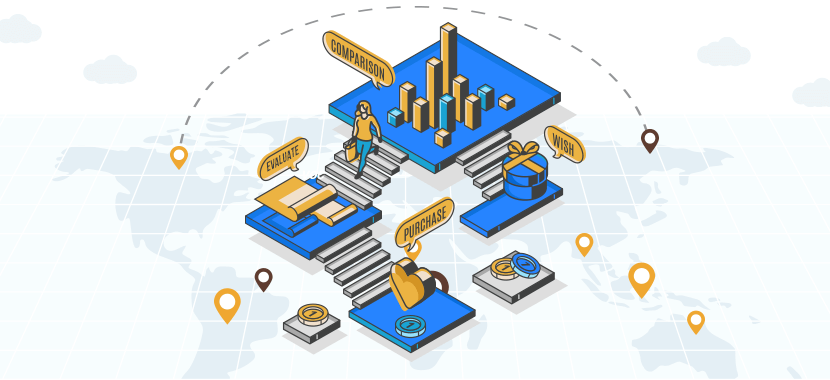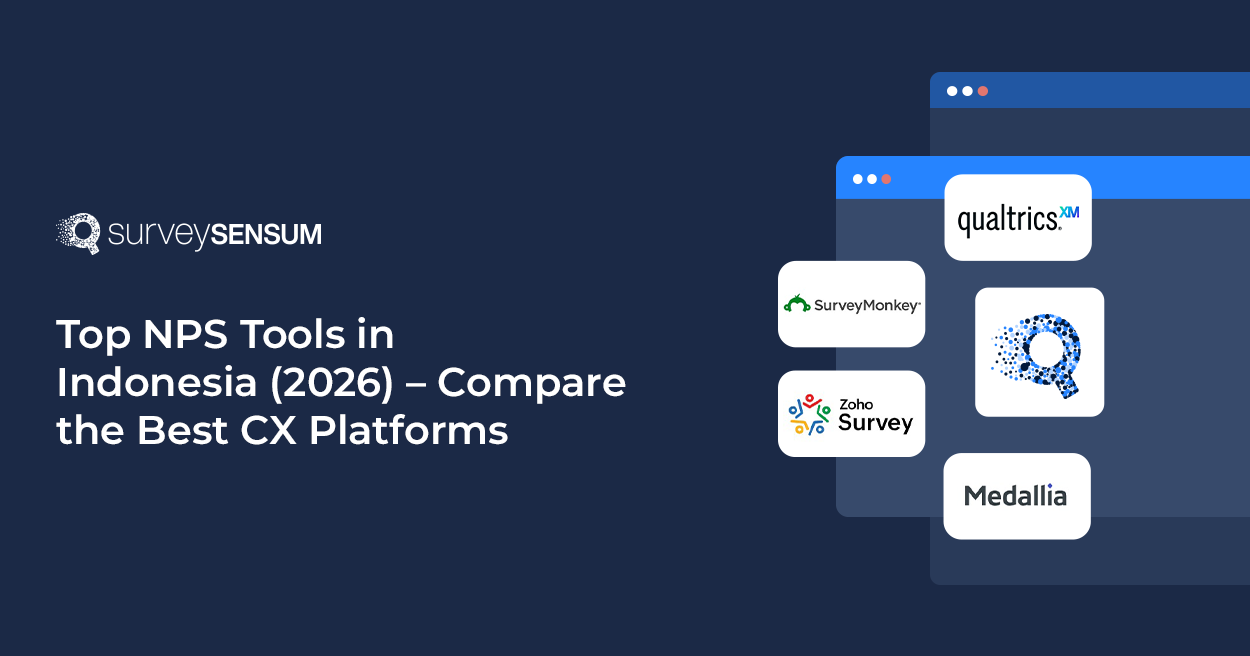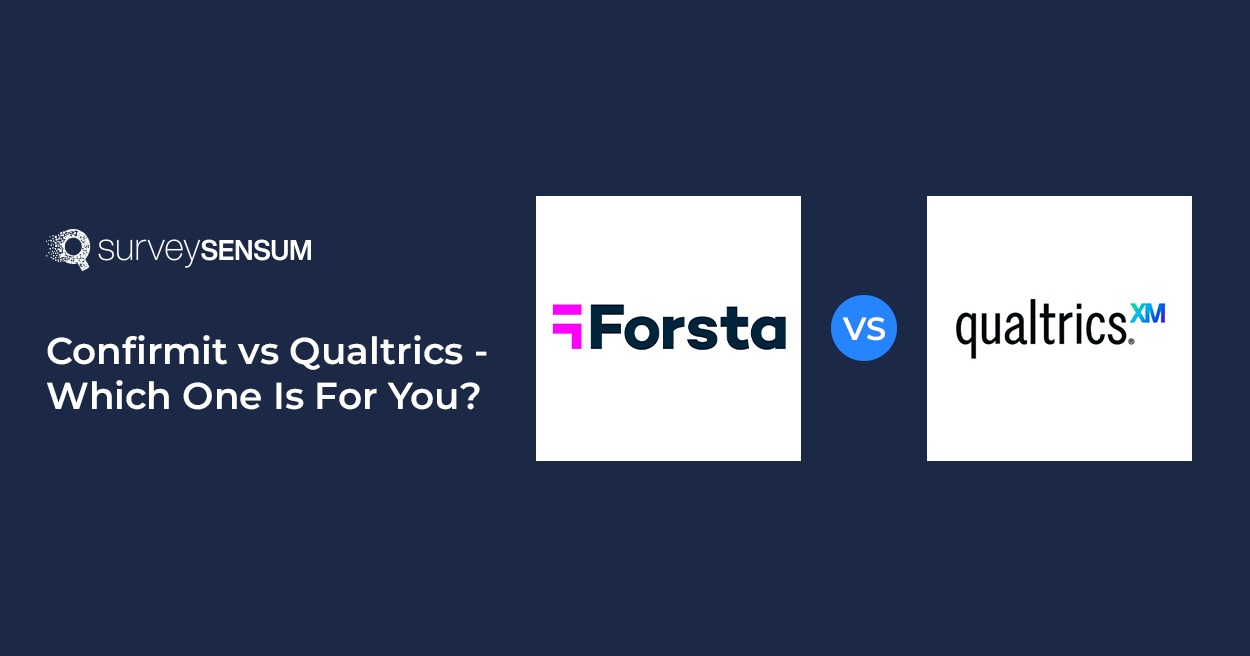

If you want to improve your CX and drive loyalty, you have to understand where your customers are coming from. Creating a customer journey map is the best place to begin understanding your CX. Here’s how you do it as part of a workshop.
What is a Customer Journey Mapping Workshop?
A Customer Journey Mapping Workshop is a strategic session designed to deeply explore and improve how your business interacts with customers.
By delving deep into the various touchpoints of CX, you know insights that are often overlooked. This workshop isn’t just about identifying pain points; it’s about getting solutions that resonate with your customers’ needs and aspirations.
In this blog, we’ll walk you through the essential steps of organizing and conducting a Customer Journey Mapping Workshop that not only uncovers critical aspects of your CX but also empowers you to take actionable steps toward enhancing it.
From defining clear objectives and assembling the right participant groups to leveraging tools and techniques for mapping the customer journey, we’ll cover everything you need to know to make your workshop a success. So, let’s dive in and discover the transformative power of Customer Journey Mapping!
Click here to listen to this insightful conversation on Spotify!
Before the Customer Journey Mapping Workshop —
1. Lay your objectives clear
What do you want to achieve? It is essential to know the answer to this question before moving further. And while defining the objective make sure it’s measurable. How else are you going to know if you are moving forward?
2. Define participant groups
Run the customer journey mapping exercise in a group. Make sure the group of participants is 4-6 and not more than that. And if you are an enterprise having a larger group of participants and you want to capture multiple touchpoints and multiple personas, then create multiple groups.
The thumb rule here is to make sure that you have a manageable group size!
An ideal size is 5-6 participants in each group with one moderator.
And, if you have a larger number of participants,
– divide them into smaller groups and
– don’t forget to add a moderator to each group!
The question here is, who should participate in the Customer Journey Mapping Workshop?
Everyone who is a part of any touchpoint across the customer journey should participate in the Customer Journey Workshop. For example in a product journey, marketing, sales, support, content, product, UX, and finance people are required.
Now, who from each of these teams should be a part of the workshop?
The decision-makers, the person who is very close to the customer, and anyone who directly influences the decisions should be a part of this workshop.
3. Talk to the participants beforehand
You need to make sure that your participants know about:
- The objective of this workshop – remind them of it!
- Whether the workshop will be online or offline and how it’ll be carried out!
- Their roles & actions – convey how they won’t just be listening. This exercise requires their active presence.
- Your roles & actions – convey what you’ll be doing during the workshop.
- Confirm their availability on the workshop day so you won’t fall a man short.
4. Create a repository!
Create a repository and share it with the participants. Include the prep materials like blogs, podcasts, or videos for the customer journey mapping workshop to the first-time participants so they get an idea about what they’ll find in the workshop.
Gather your current research data and share that too, this might include reviews, pain points, revenue numbers, app store ratings, etc. all tailored to the specific stage of the customer journey.
It is imperative that all the participants understand what your business research is saying. There could be some participants who might not be aligned with your business metrics. So, sharing the collected research data with all the participants brings them to the same page.
5. Gather all the workshop materials
If you are launching the workshop offline or online, make sure you have the required materials.
- Offline: Location, comfortable seating capacity, laptops, big screens, wall charts, pens, sticky notes, markers, glue, stickers, water, snacks, speakers, mic, etc.
- Online: Customer Journey Mapping Tool, tool access to all the participants, online meeting apps, etc.
6. At last, finalize the Customer Persona
If you don’t know which customer persona you’ll be focusing on, how else will you start?
So, identify the persona that you want to focus on.
But there can be many!
How can you choose the ideal customer persona for this exercise?
Pick the customer persona that gives you the most business value. Ask yourself, ‘Is this the customer I cannot afford to lose?’ If yes, then that’s your persona!
The one that is aligned with your product’s goal and the company’s vision.
And if you don’t know your persona yet, fret not!
Get into your customers’ shoes and define one.
Here’s how!
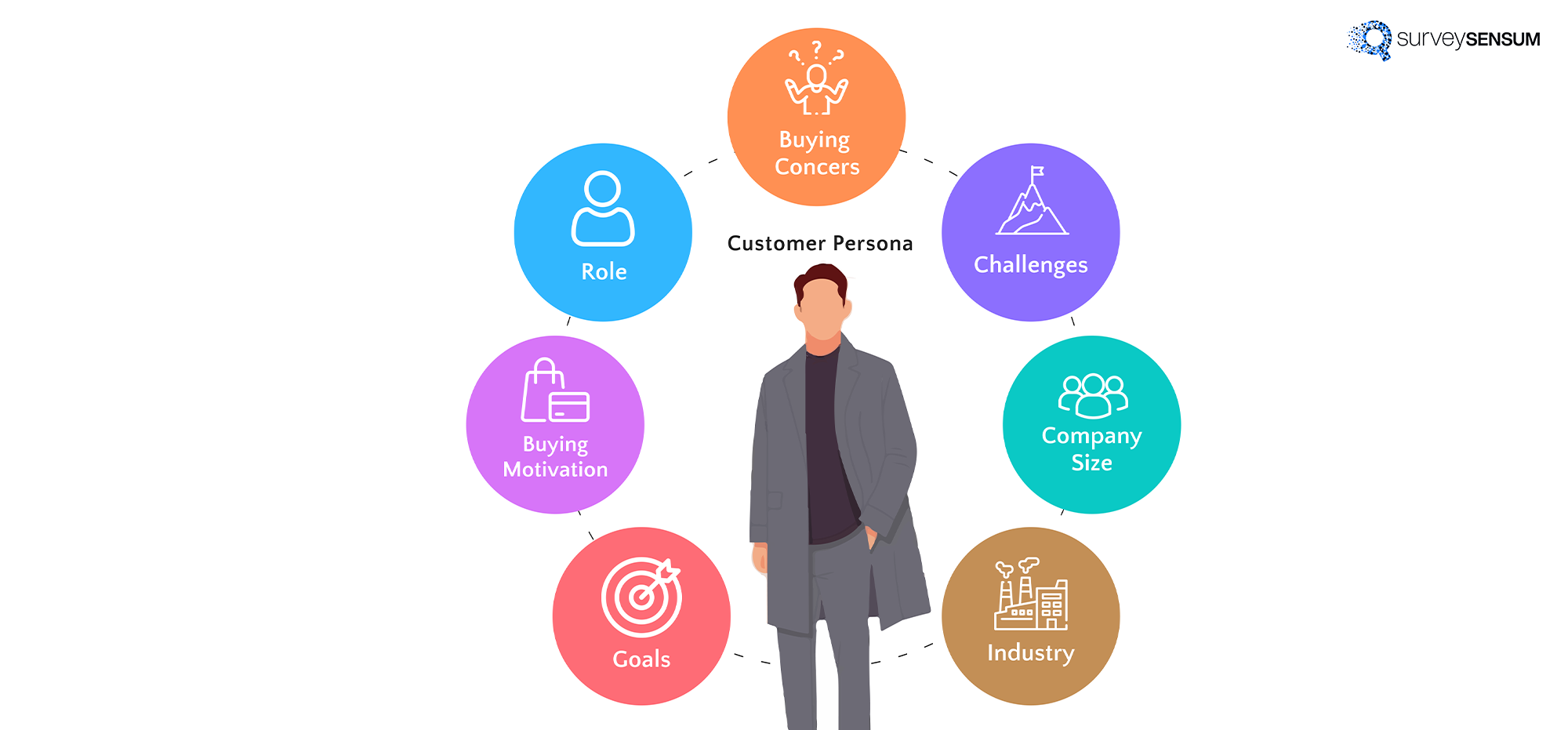
This is the ideal customer persona. Find out everything you can about the customer such as,
- Goals
- Industry
- Company Size
- Challenges
- Buying Motivation
- Buying Concerns
Then, give them a name and a picture, and don’t forget to add the following pointers.
- Your persona should look inspirational so that you are attracted to it!
- Know your persona as much as possible.
- Don’t forget to add an image to the persona’s image so you relate to them.
- Add the persona demographic, type, description, goal, motivations frustrations, passions, favorite music, and preferred technology.
- Also, add a quotation most suited to the persona and related images. (This will add a sentiment value.)
This will help you to understand the sentiment of your persona so that you can relate to them wherever possible.
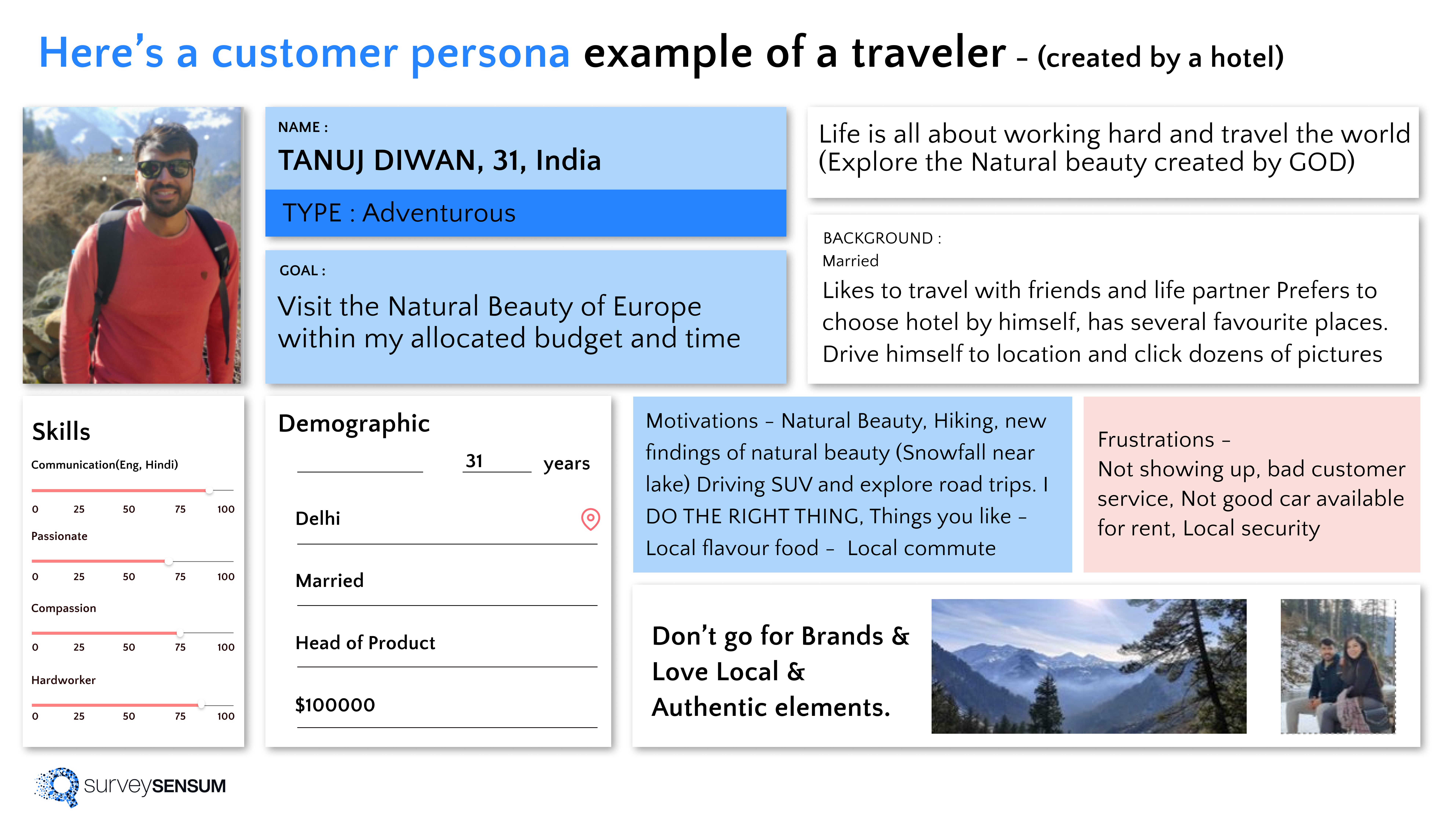
Now that you have everything, let’s move to the actual day of the workshop.
Struggling to create your customer persona? Well, let’s do it together!
During the Customer Journey Mapping Workshop
Your workshop will be divided into 3 parts:
- 30 minutes to align everyone on the same page
- 90 minutes for the Current State Journey Mapping of the persona
- At last, 45 min to 1 hour to brainstorm ideas
Excited about the first step?
STEP 1: Align everyone on the same page
Though you have shared the prep material with everyone, not everybody will come prepared. Share it with them – again!
It’s time to bring everyone and everything together and get started on the workshop.
- Share a quiz, video, or trivia about the customer to set an empathic tone. Be in the customer’s shoes throughout the workshop, and use engaging trivia questions to keep the atmosphere interactive and educational. Understand why you are here. What is the goal here? Has it been shared with everybody?
- Talk about the Customer Persona. Share their pain points, goals, frustrations, motivations, requirements, etc., and get into the customer’s shoes.
- Share the research findings describing the already known pain points and the act of delight and take those into account during this exercise.
- At last, emphasize how you’ll just be the moderator guiding all the participants to drive the workshop. Ask everyone to role-play a profile in the scenario.
STEP 2: Let’s do the Current State Mapping!
It’s time to get familiar with the Customer Journey Mapping toolkit. It could be online or offline. You, as the facilitator, should familiarise the participants with the CJM toolkit – what is it, why is it required, etc.
Then, identify the touch-points of your customer journey and create a draft current state journey. It will help you to map the customer life cycle from the Discover stage to the Renewal stage.
A typical customer lifecycle looks like this.
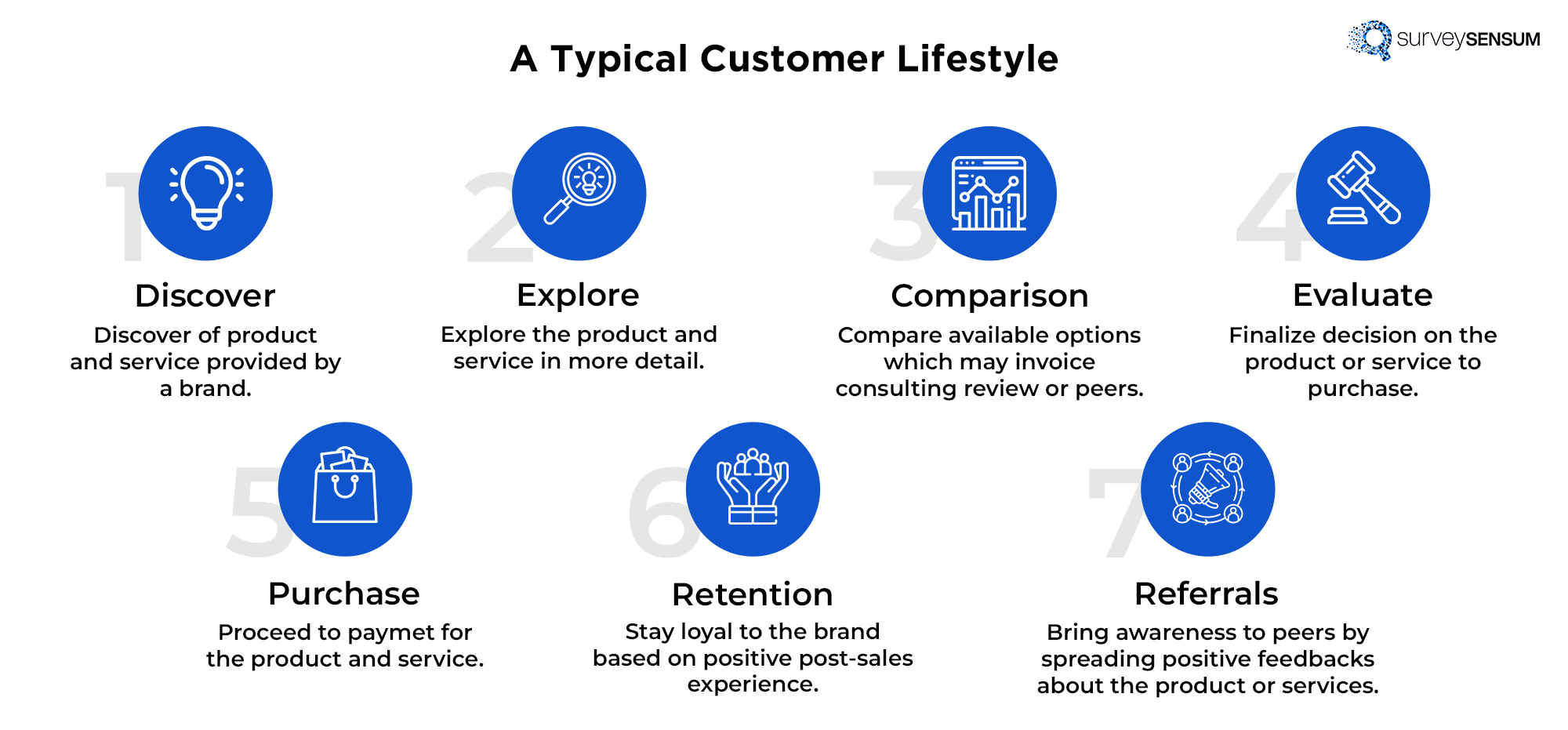
Now, have you invited the customers into this exercise? If yes, then validate this journey with them. Because who knows it better than them?
Here’s an example of the touch-points across the customer journey of a traveler!
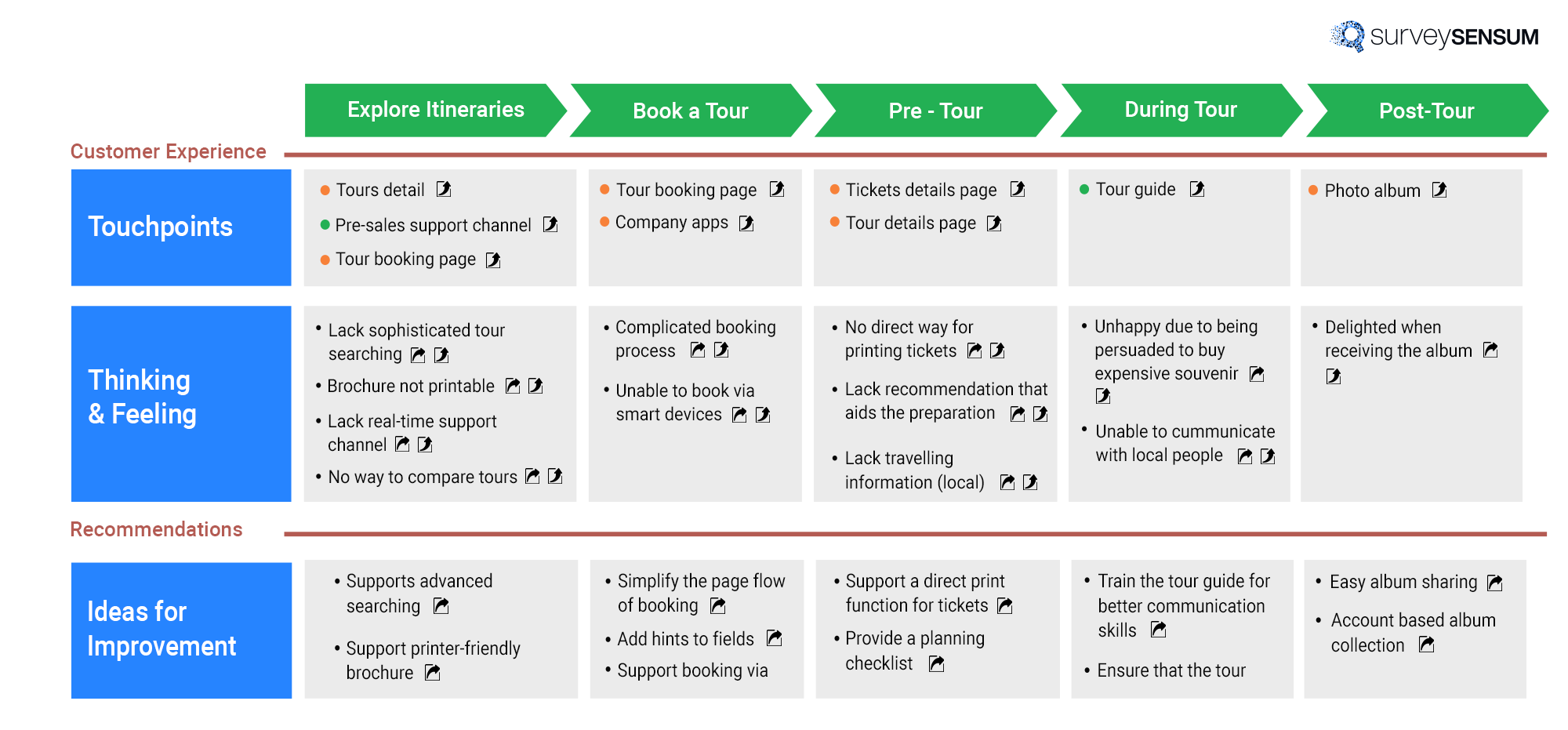
1. Start mapping customer journey stages horizontally and actions/feelings vertically.
For example, let’s create the journey stages of the traveler horizontally. We have Desire, Research & Planning, Booking, Arriving, Stay, and Checkout.
Then, create all the actions for each stage vertically. We have Goals, Touchpoints, Processes, Experience, Storyboards, Quotes, Pain-points, Points of Delight, Problems, and Ideas.
2. Map what you know in each block as well as you can. Now, fill in the boxes.
Make sure that you as a moderator merely guide all the participants to suggest the journey stages and actions and they should fill the boxes by getting into the shoes of the persona and pointing out their goals, pain points, etc. at every stage.
(If the participants aren’t able to suggest anything for any stage, then more research is required to understand the customer.)
 3. At last, once you map everything, identify the touchpoints where the frustrations are at their peak and vote on the pain points that need to be prioritized. Make sure they aim for your business goals and customer satisfaction.
3. At last, once you map everything, identify the touchpoints where the frustrations are at their peak and vote on the pain points that need to be prioritized. Make sure they aim for your business goals and customer satisfaction.
(Voting is required because once you do this exercise, there will be 100 pain points and you can’t solve every one of them at the same time. So, pick 6-10 high-impact ones that the team agrees on to be solved this year.)
4. Identify the internal and external gaps that are causing problems.
5. Later, validate the gaps and the pain points with the customer (if customers are involved).
STEP 3: Generate Ideas
Generate achievable ideas against the most voted pain points. Be wild and creative. Think outside the box and bring solutions that not only meet the customer’s expectations but exceed them.
After that, prioritize the ideas as per the effort they’ll require to execute and the impact they’ll have.
Then, discuss the implementation of the top ideas, assign ownership, and define a timeline. Set up a meeting in 1-2 weeks to discuss the implementation plan with the owners.
Finally, measure the impact. Add these to your VOC program. This will help you analyze the progress and tell you whether you are moving in the right direction or not!
Don’t waste any time waiting and Set up your VOC program with SurveySensum Today!
After the Customer Journey Mapping Workshop
- Share the discoveries, findings, and new ideas with the entire team and bring everyone on the same page.
- It is impertinent to validate every idea with the customer. Do additional research or conduct customer interviews and validate them.
- Track the progress of improvements with the required people in Quarterly/ Monthly meetings. (Highly important!)
- Once implemented, track the progress on CX/business metrics and iterate if required. (How else you’ll know!)
To track your CX metrics, consider using SurveySensum. Their dedicated CX experts are here to help you with everything, from setting things up to handling tasks and taking action, ensuring a seamless feedback journey process. – demo
Also, understand if the impact is directly related to your business metrics or the customer metrics if your CSAT or NPS scores are increasing, your website traffic has been boosted, or if the App reviews have improved. This will help you understand if the certain action has resulted in the output that you anticipated.
That’s all!
Customer Journey Mapping is no rocket science. All you need is a little patience, diligence, and a bit of imagination!
Map your customer journey now and do share it with us. 🙂
Conclusion
Customer Journey Mapping workshop is a crucial step for businesses aiming to enhance their customer experience. By following the outlined steps, including defining objectives, assembling the right participant groups, communicating effectively, and utilizing the necessary tools, companies can gain invaluable insights into their customers’ journeys.
These insights, when translated into actionable strategies, can lead to significant improvements in customer satisfaction, business processes, and ultimately, business success. The ongoing validation, tracking of progress, and implementation of ideas post-workshop are key to ensuring sustained improvements and meeting customer expectations effectively.
Ready to transform your customer experience? Join SurveySensum’s Customer Journey Mapping Workshop today!
Frequently Asked Questions on Customer Journey Mapping Workshop
You can run the Customer State Journey Mapping workshop for any other persona whenever you want!
But if you want to run the workshop for the same persona,
a.) If there are no changes in the journey mapping exercise: Ideally wait for a year to track the progress of your first workshop. Understand the impact, make the notes, and improve or iterate accordingly.
b.) If there are changes in the customer journey: Understand the new customer journey and identify the new touchpoints. For example, if the journey has been switched from offline to online, or to an app, or the marketplace. Recognize the current landscape, and the internal business processes that have been changed, and then turn the workshop again for that
There is no easy prescription to create X/Y verticals for the Customer Journey Map.
The best approach is to know your customer!
How do they interact with your brand? Which departments are involved? What technologies do they use?
You need to understand the full landscape of the customer journey. That’s why everyone from marketing, support, sales, onboarding, implementation, tech, and all the other teams should be involved in this workshop.
Start by marking the following
X: the milestone when your customers connect with you.
Y: the actions taken by the customer through the technology, your team, automation, emotions, pain points, solutions, etc.
Once you know your customers’ journey well enough, you’ll be able to come up with the X/Y verticals easily!
Run the Customer Journey mapping exercise when you know,
- what you are going to serve,
- how you are going to serve, and
- to whom you are going to serve.
Basically, when you identify your target customer, you can run the Customer Journey Mapping workshop!
The customer journey map you create should be able to give you clarity and narrate how the customer moves through each phase of interaction or touchpoints. Here are the steps to create the customer journey map.
STEP 1: Have clear goals for the map
STEP 2: Identify personas and define goals
STEP 3: Emphasize on the target customer personas
STEP 4: Jot down all the touchpoints
STEP 5: Have a clear idea of the resources you need and the ones you have
STEP 6: Analyze the customer journey map
STEP 7: Make the needed amendments
A customer Journey Mapping workshop can be defined as an activity or discussion between people who work towards achieving the same goal; boosting customer experience.
- Discovery: Identify customer personas, goals, and initial touchpoints.
- Research: Gather data on customer interactions, pain points, and emotions.
- Mapping: Visualize the customer journey stages, touchpoints, and sentiments.
- Action: Develop strategies, implement improvements, and monitor impact on customer experiences.
- Enroll in online courses or workshops focused on customer journey mapping techniques.
- Read books, articles, and case studies on customer experience design and mapping.
- Attend industry conferences or webinars that cover customer journey mapping best practices.
- Collaborate with experienced professionals or consultants in customer experience management.
- Practice by mapping customer journeys for different scenarios or industries to gain hands-on experience.
That’s all for the fourth episode!
Here’s the recording for you –
In the next episode ‘Chapter 5: Impact of Customer Experience on Business Metrics’, we will talk about important metrics involved in a VOC program and deep dive into customer and business metrics.
Stay Tuned!






